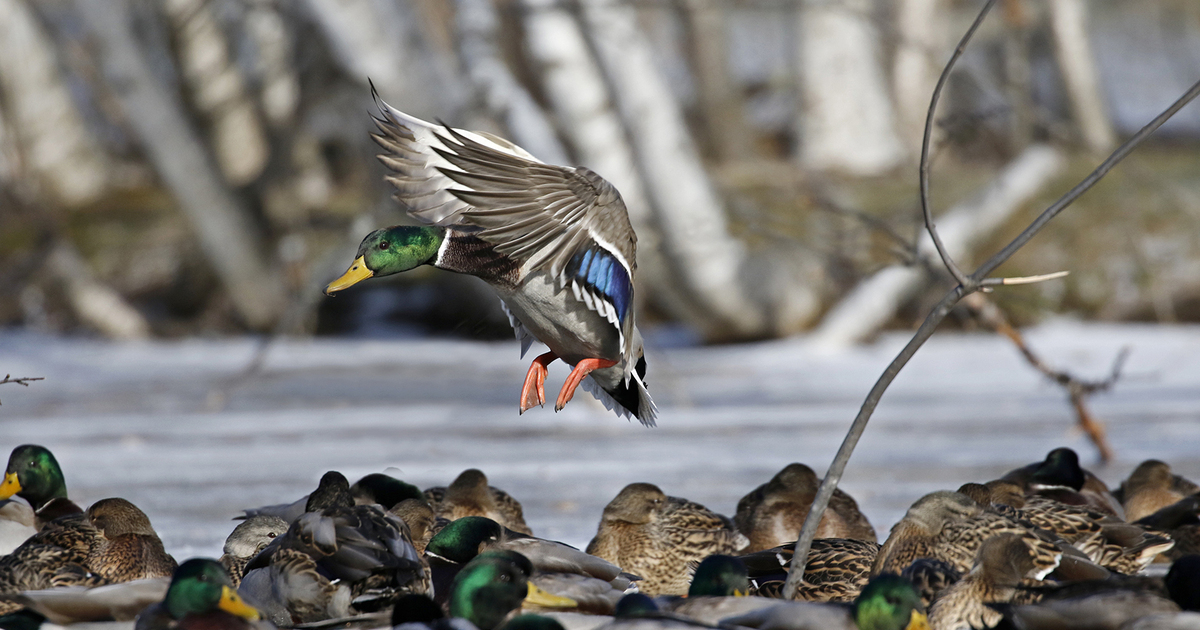Migration Alert: Kansas Waterfowl Hunters Await Winter’s Arrival
Dec. 20, 2023 – Central Flyway – Kansas
Dec. 20, 2023 – Central Flyway – Kansas

The one thing on every Kansas waterfowl hunter's Christmas this year is a blast of winter weather to drive new ducks and geese into the state and provide a spark for the final month of the season. Here's a look at those opportunities currently available for Kansas hunters, and how varying habitat conditions are creating a mixed bag of opportunities for ducks and geese.
The Halloween winter storm of 2023 is proving to be the pivotal weather event for the Central Flyway so far this waterfowl hunting season. The arrival of snow and cold temperatures to the northern reaches of the flyway initiated a sizable migration of waterfowl south out of Canada, North Dakota, and South Dakota. Mid-latitude states, including Kansas, were among the places on the receiving end of those birds.
"Between Halloween and Veterans Day we saw a significant migration of both ducks and geese into the state," explains Tom Bidrowski, migratory game bird specialist with the Kansas Department of Wildlife and Parks. "Mallards and green-winged teal were among the noticeable duck species to arrive."
Birds that settled in areas with dry wetland conditions, particularly in the south-central and north-central parts of the state, were concentrated in areas with available water, Bidrowski says, but that also concentrated hunting pressure.
"The ducks got smart pretty quickly, especially mallards," Bidrowski says. "And with no significant migration event since, even those ducks in areas with better water conditions, particularly in the southeast corner of the state, have become very hard to hunt. We could use a little more of a winter weather pattern to shake things up and make the mallards a little more vulnerable to hunters."
Bidrowski says that green-winged teal have been "making the season" for many hunters, as the diminutive ducks continue to provide opportunities when the mallards are out of reach.
"Our goose numbers have been fairly impressive, too," Bidrowski adds. "It seems like the geese remain fairly concentrated. Early on, we had around 400,000 whitefronts at Cheyenne Bottoms, which was an impressive sight to see. We've had a good chunk of the mid-continent population of light geese in the state, and the cacklers have also shown up on their usual haunts, like our reservoirs and some of our bigger wetlands."
Water conditions remain the biggest wildcard as hunters await a change in the weather, Bidrowski says, as hunters continue to scramble to find water, waterfowl, and hunting opportunities.
"South-central and north-central Kansas are still dry. Out west in places is a little better, and the eastern part of the state always seems to have better conditions than the rest of the state," he says. "And that eastern edge of Kansas probably has the best bird numbers heading into mid-December. I'm hearing just today of waterfowl scattered throughout the flyway north of us, so some winter weather would go a long way toward helping us finish our season strong."
Stay up to date with the latest migration information.